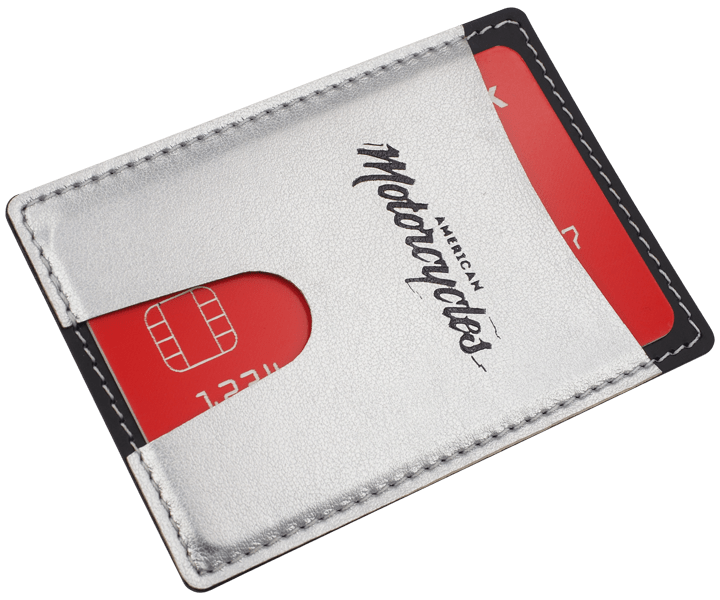Tooted: Leitud {{ searchResultsCount }} - Näita kõiki
Kontrollige, kas sisestasite kõik õigesti.
Kategooriad: Leitud {{ categorySearchResults.length }}
See kõlab keeruliselt...
...kuid igaüks on seda ühel või teisel korral kogenud: kaardiga maksmine poes, igakuise reisipassi kasutamine plastkaardi kujul või garaaži või maja ukse avamine võtmejäljega.
Millest on juttu?
RFID (raadiosagedustuvastussüsteem) on lühidalt öeldes tehnoloogia, mis põhineb digitaalsed andmed sisaldaval saatjal (RFID-märgis) ja vastuvõtjal, mis loeb ja salvestab need andmed distantsilt. RFID-sildil on kiip ja antenn, mis kasutab RFID-lugeja raadiolainete energiat. Sellises konfiguratsioonis võtab silt vastu signaali lugejalt ja saadab tagasi kiibile salvestatud teabe.
RFID-süsteemid võib jagada kolme tüüpi, lähtudes lugemisulatusest, mis sõltub raadiosagedusest.

⇝ LF (Madalasagedus)
Madalsagedussüsteem töötab vahemikus 30 kHz kuni 300 kHz. Selle lugemisulatus on lühike (10 cm) ja lugemiskiirus on aeglasem. Seda kasutatakse loomade kiipide, juurdepääsukaartide või maksekaartide puhul.
⇝ HF (kõrgsagedus) .
Kõrgsagedussüsteem töötab sagedustel 3 kuni 30 MHz, lugemiskaugusega 10 cm kuni 1 m (nt NFC kontaktivaba maksmiseks nutitelefoniga).
⇝ UHF (ülikõrgsagedus) .
See süsteem töötab sagedustel 300 MHz kuni 3 GHz, maksimaalse lugemisulatusega 12 m. Seda kasutatakse vargusevastastes häiresüsteemides.
Lainete taltsutamine - juhtum, mis kaitseb teie raha
Michael Faraday avastas 19. sajandil, et elektrit juhtivast materjalist valmistatud ja seest õõnes objekt takistab elektriliste ja elektromagnetiliste väljade sisenemist sellesse. Meie alumiiniumist korpus töötab sellel põhimõttel. Laineid neutraliseeritakse ja RFID-kaardi märgised ei saa nendega kokku puutuda. Seega on maksekaardid kaitstud ja turvalised, mida me ise regulaarselt kontrollime ja testime. Oleme testinud ka kaardi järkjärgulist väljaviskamismehhanismi, nii et teame, et kaardi väljaviskamishoob töötab ka pärast 100 000 tõmbamist ikka veel suurepäraselt. Oleme näinud palju vaeva, et tagada, et korpuse sisemised komponendid takistavad kaartide tahtmatut välja kukkumist, võimaldades samal ajal nende sujuvat väljaviskamist, kui see on vajalik.
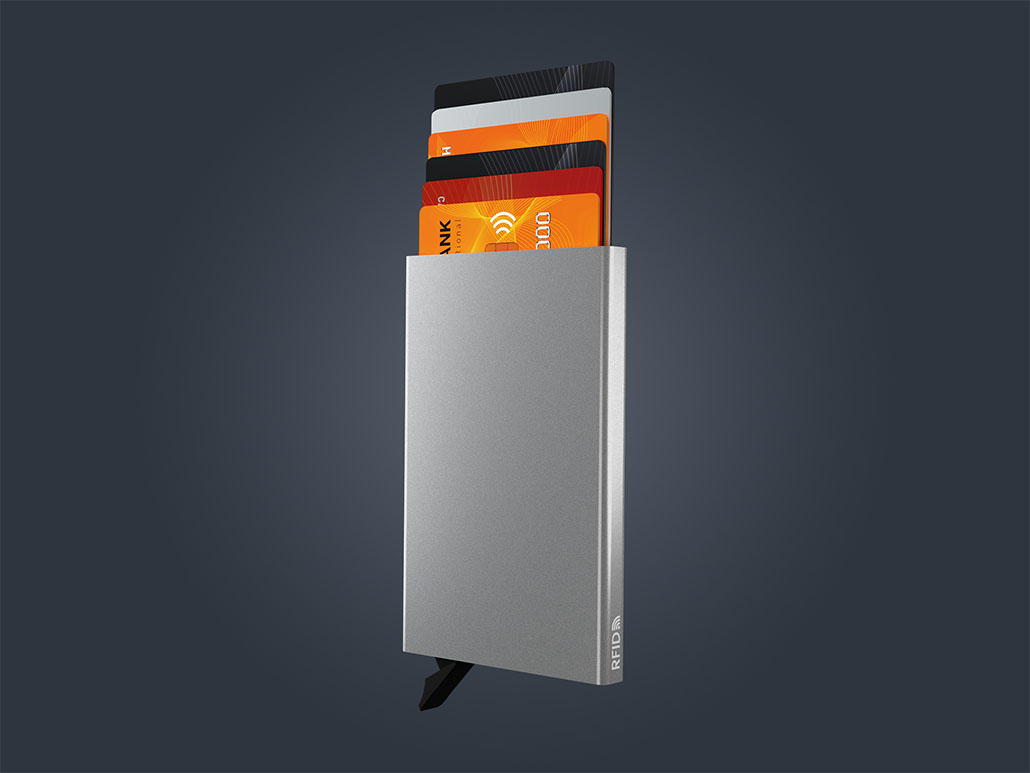
RFID krediitkaardihoidja 944108
Materjalid: Alumiinium
• Mahutab 6-7 kaarti
• RFID-turvaelement
• Paberkast kaasas

RFID krediitkaardihoidja 944155
Materjalid: Harjatud alumiinium
• Mahutab 6-7 kaarti
• RFID-turvaelement
• Paberkast kaasas
Alati kontrolli all. RFID-kohver koos AirTag'i hoidjaga.
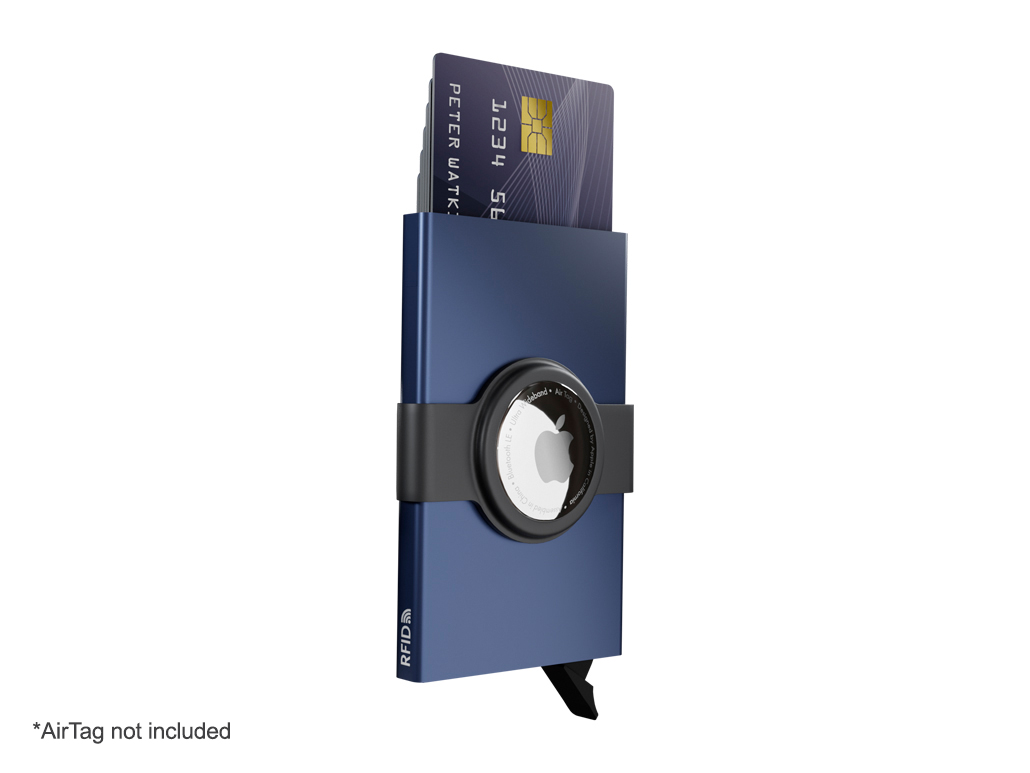
RFID-krediitkaardi ümbris koos AirTag'i hoidjaga 2163108
Materjalid: Plastik, Alumiinium
• Mahutab 6-7 kaarti
• Ei sisalda AirTag'i
• RFID-turvaelement
• Paberkast kaasas
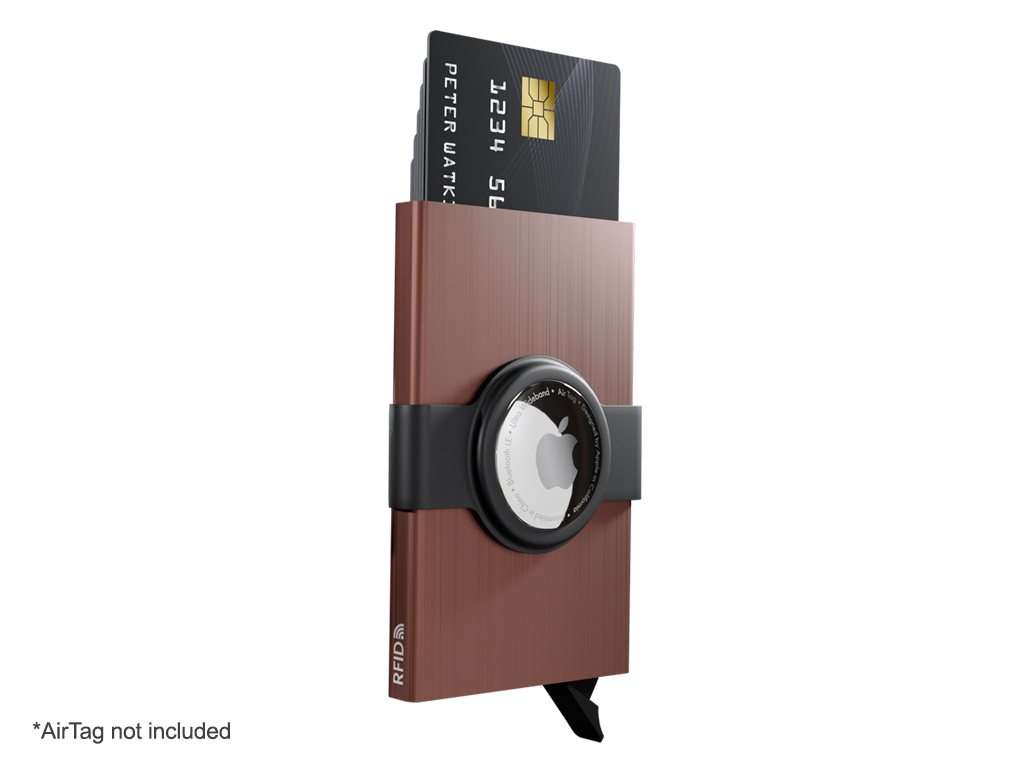
RFID-krediitkaardi ümbris koos AirTag'i hoidjaga 2163155
Materjalid: Plastik, Harjatud alumiinium
• AirTAg hoidja
• Mahutab 6-7 kaarti
• Ei sisalda AirTag'i
• RFID-turvaelement
• Paberkast kaasas
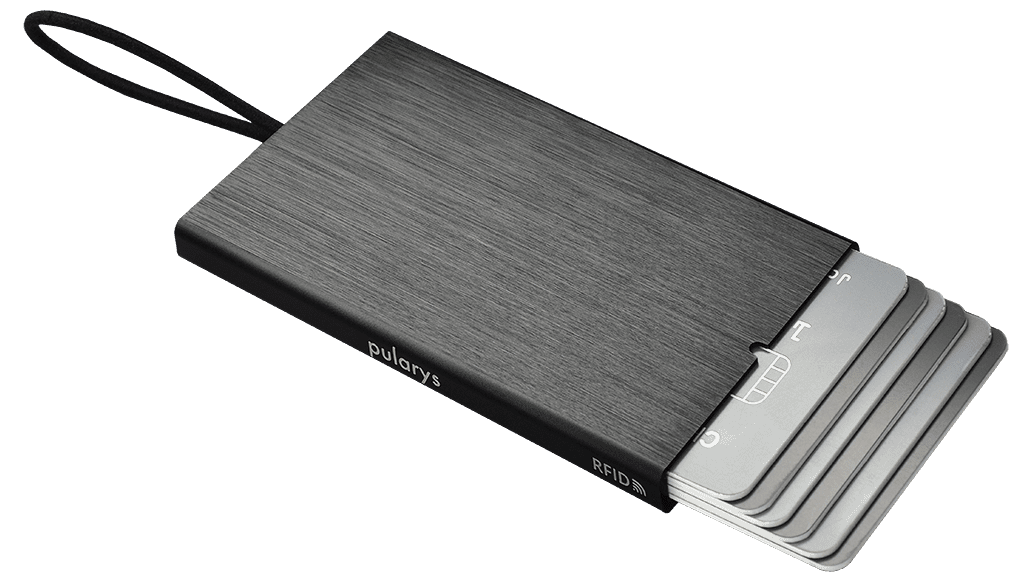
RFID krediit-ja ettevõttekaardihoidja 1266155
Materjalid: Harjatud alumiinium
• 15 visiitkaardi või 7 krediitkaardi jaoks
• Kumm on sees
• RFID-turvaelement
• Paberkast kaasas
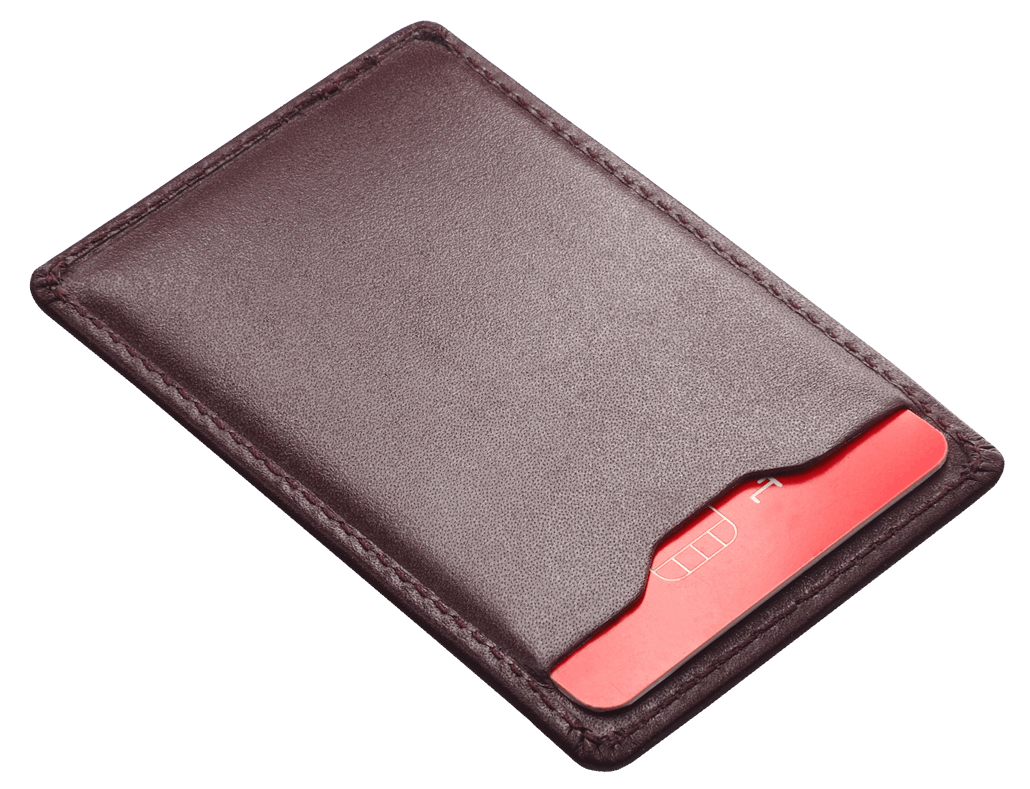
RFIS krediitkaardihoidja 1258131
Materjalid: Itaalia nahk
• Krediitkaarditasku
• Teip 3m
• RFID-turvaelement
• Paberkast kaasas
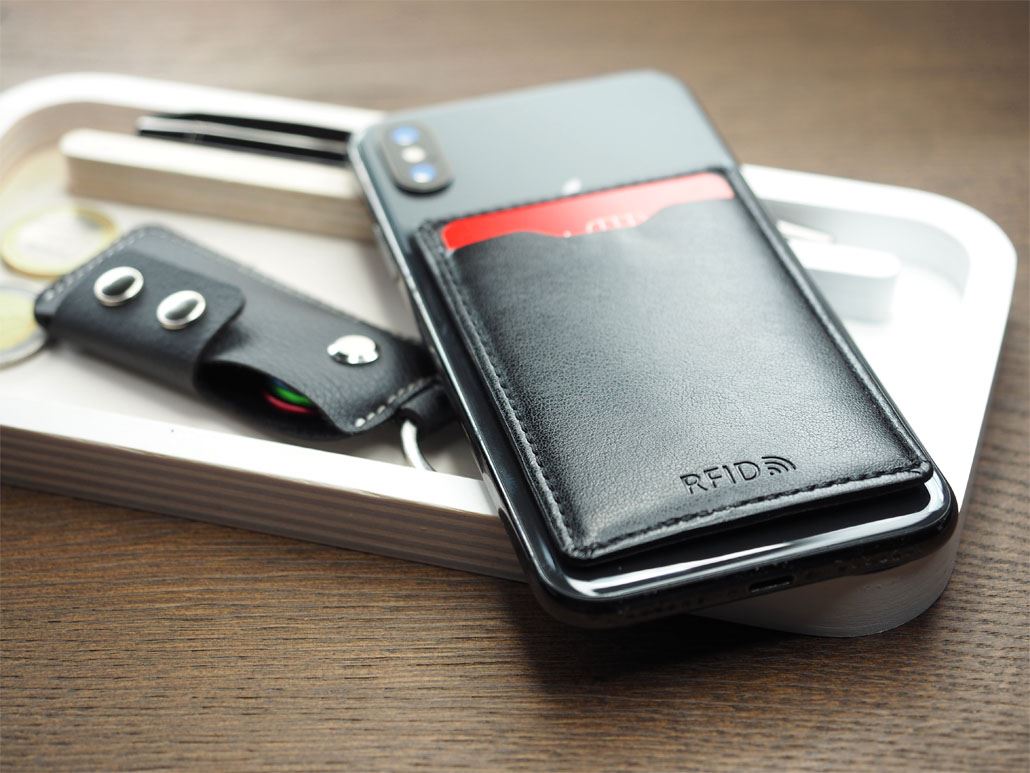
RFIS krediitkaardihoidja 1258119
Materjalid: Kunstnahk Berlin
• Krediitkaarditasku
• Teip 3m
• RFID-turvaelement
• Paberkast kaasas

RFID krediit-ja ettevõttekaardihoidja 211067
Materjalid: Nahk Exclusive
• 6 krediit- või visiitkaardi taskut
• RFID-turvaelement
• Paberkast kaasas
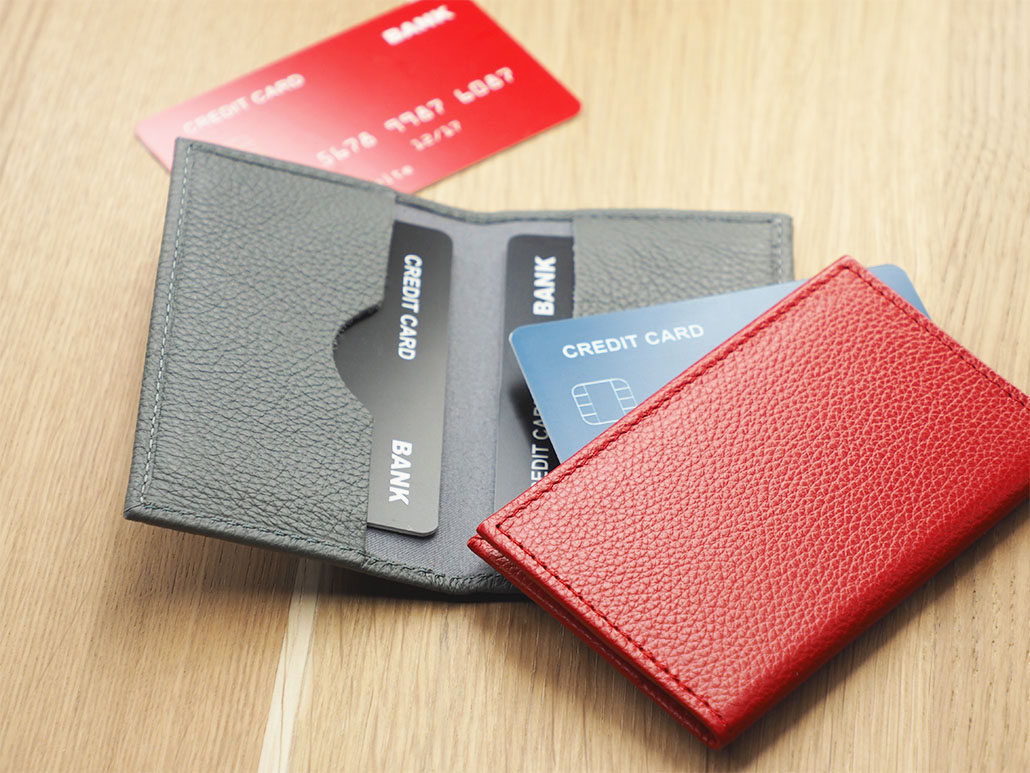
RFID krediit-ja ettevõttekaardihoidja 211015
Materjalid: Nappa nahk
• 6 krediit- või visiitkaardi taskut
• RFID-turvaelement
• Paberkast kaasas
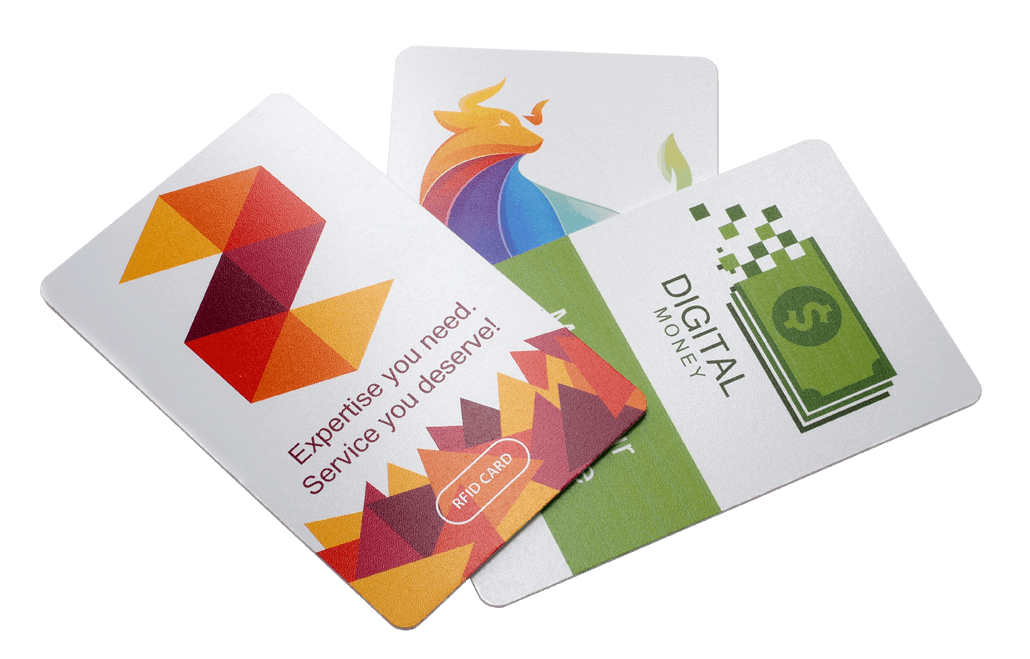
Signaale blokeeriv kaitsekaart NFC/RFID kaitsega - täielik värvitrükk 1264123
Materjalid: Plastik
• Töötab kuni 5cm ulatuses kaitstud kaardist
• Ei aktiveeri poodide alarme
• Akut ei ole vaja - töötab alati
• Kaitseb passi andmeid
• RFID-turve, NFC, BT, GSM, GPS, LTE
• Täielik värvitrükk - mõlemal pool
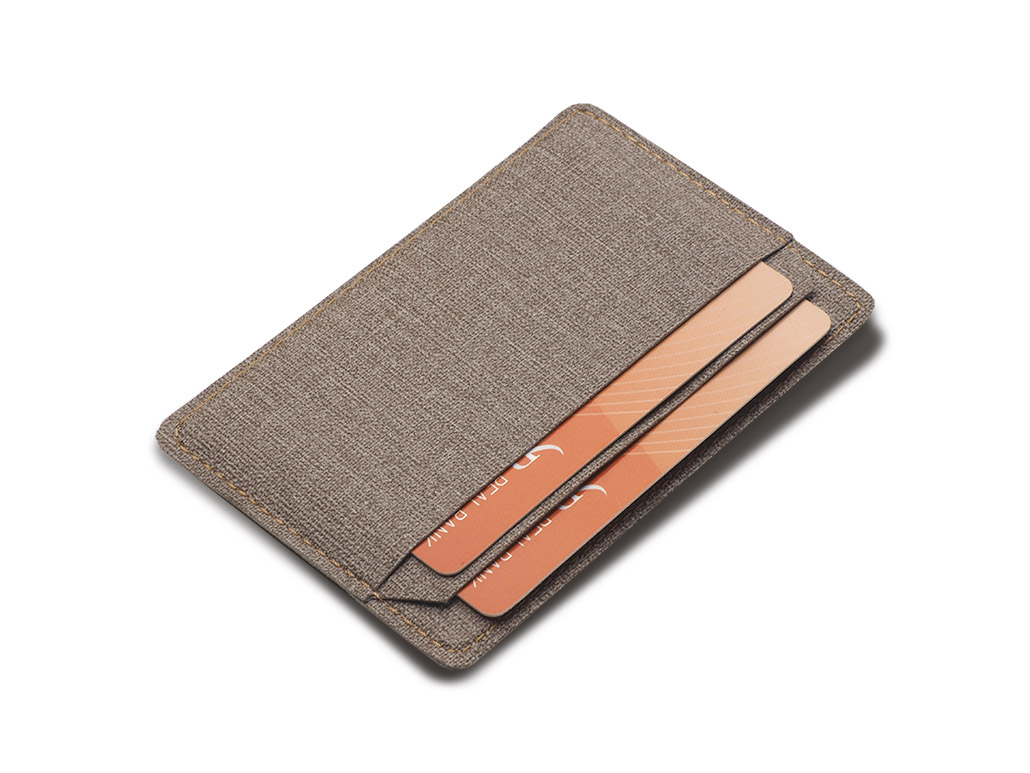
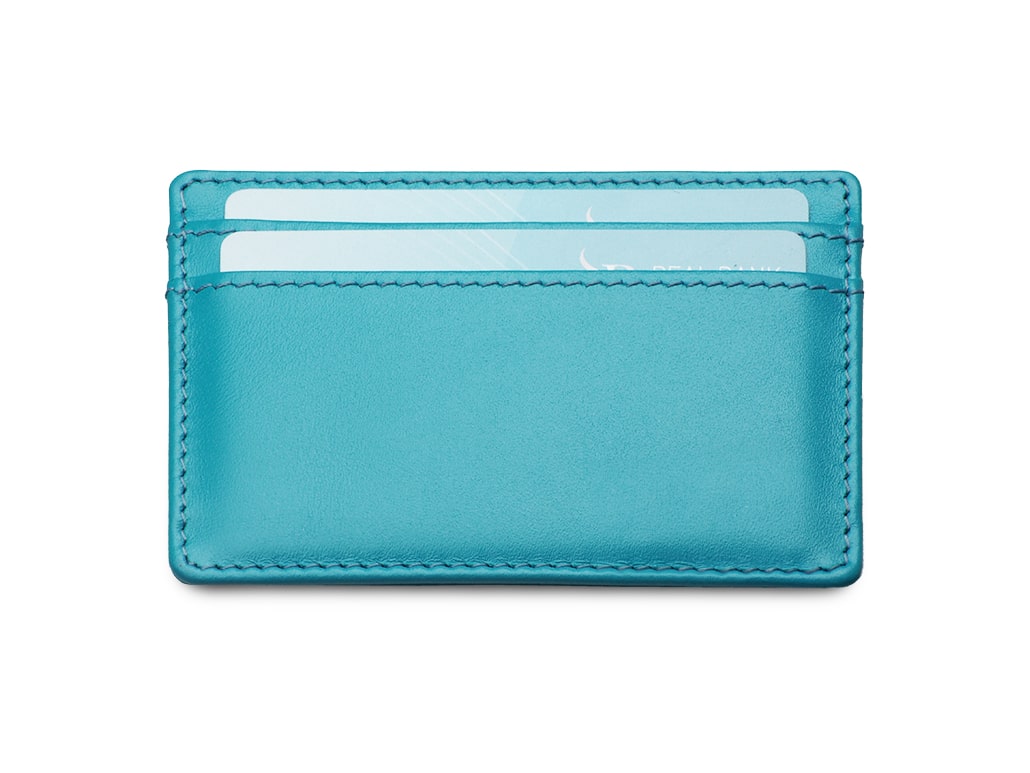
Kohver neljale krediitkaardile 2214131
Materjalid: Itaalia nahk
• 4 krediitkaarditaskut
• Individuaalselt pakitud kilekotti
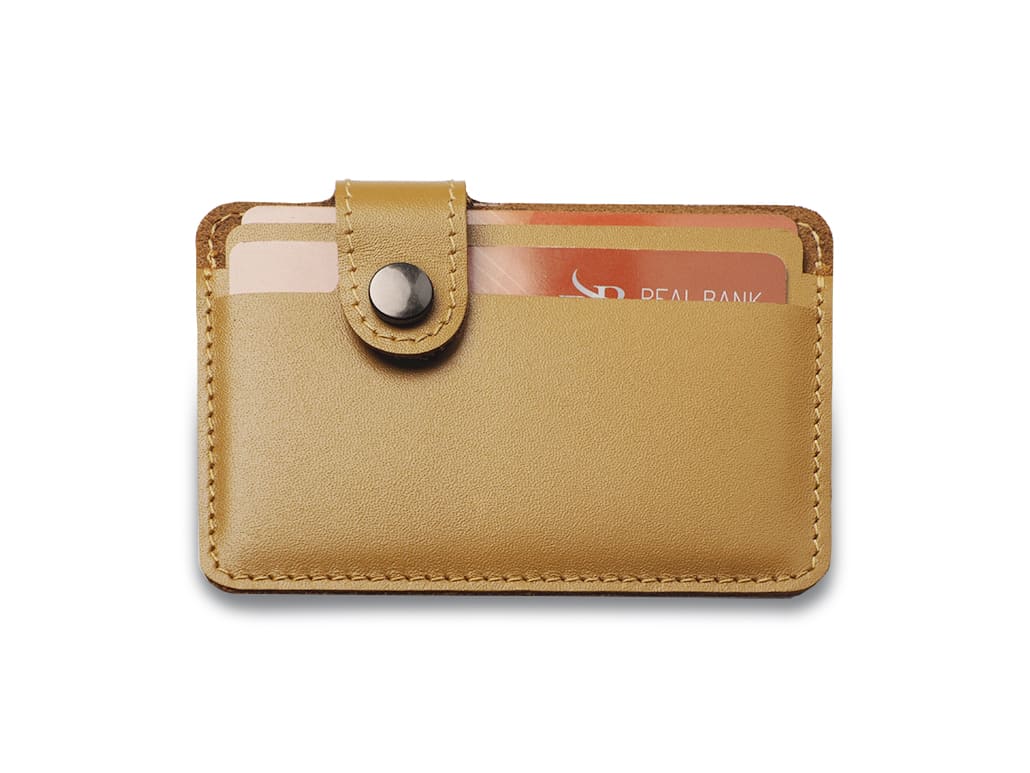
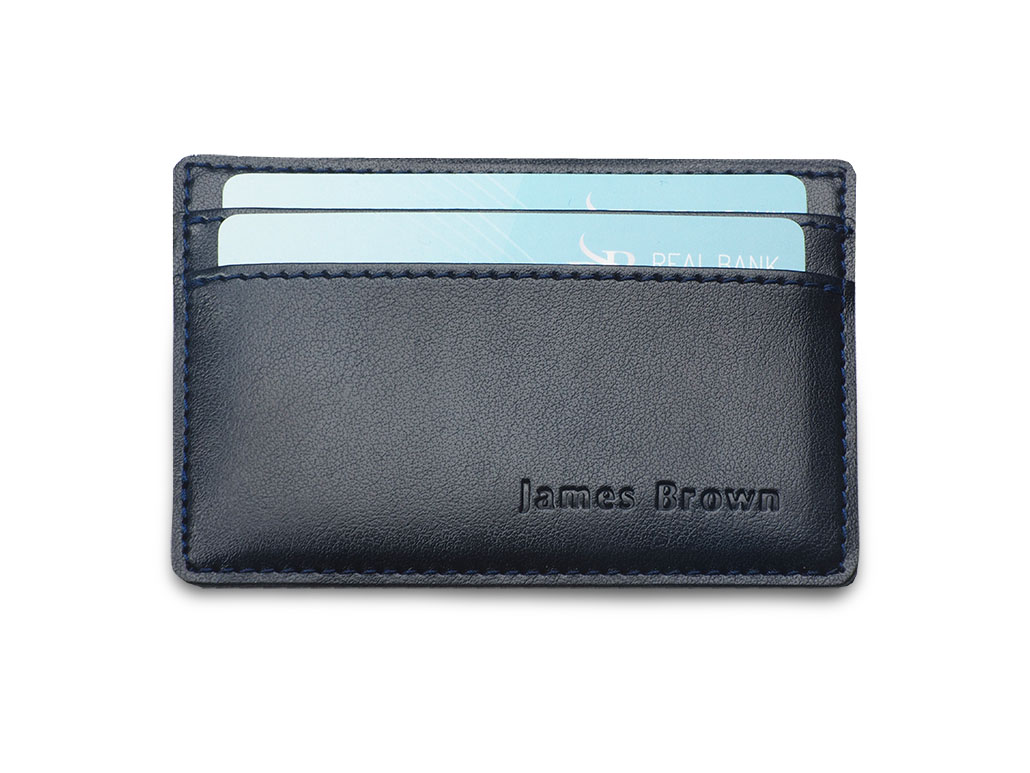
Kolme krediitkaardi puhul 2212119
Materjalid: Kunstnahk Berlin
• 3 krediitkaarditaskut
• Pakendatud 10 tk fooliumkotti.
